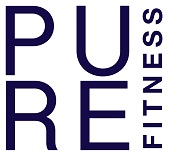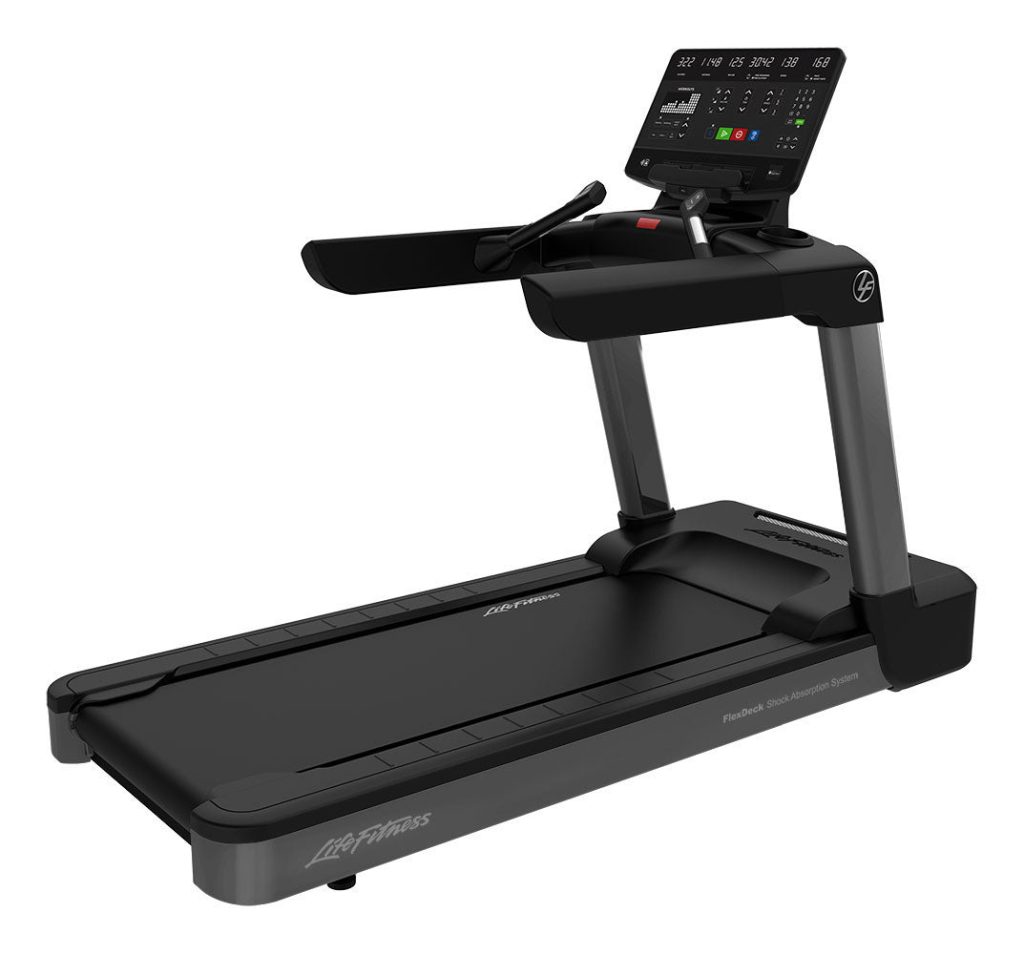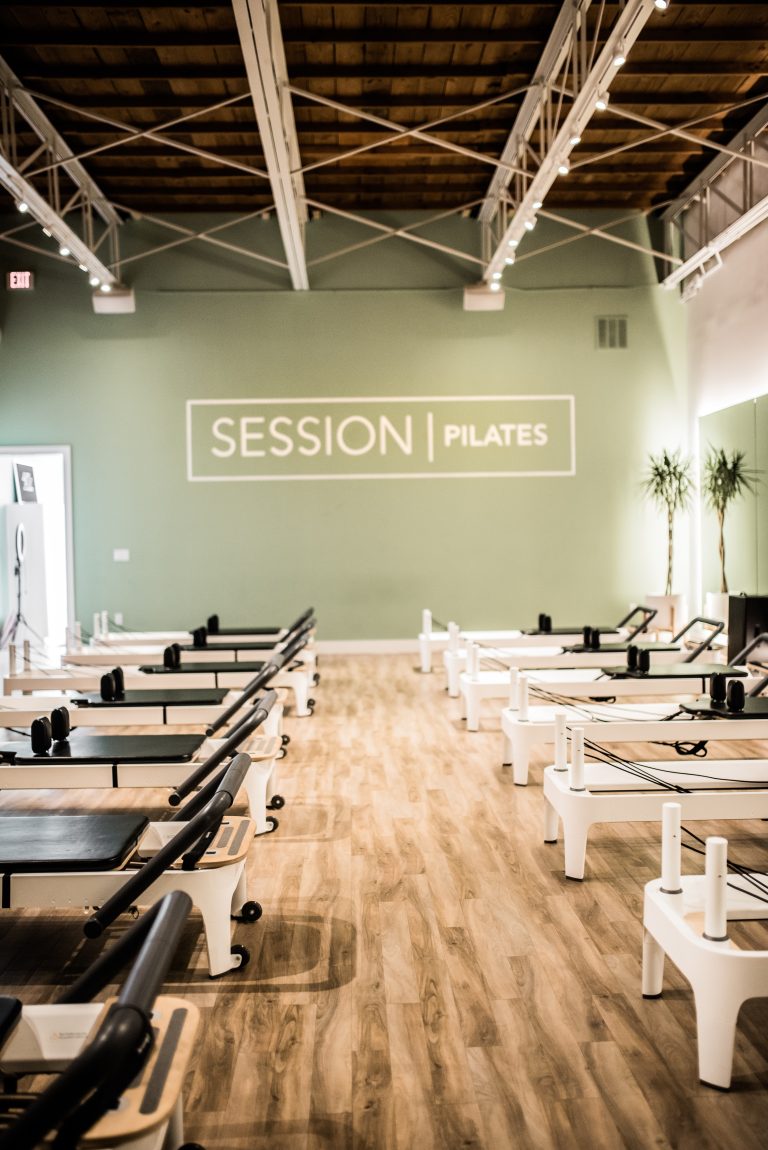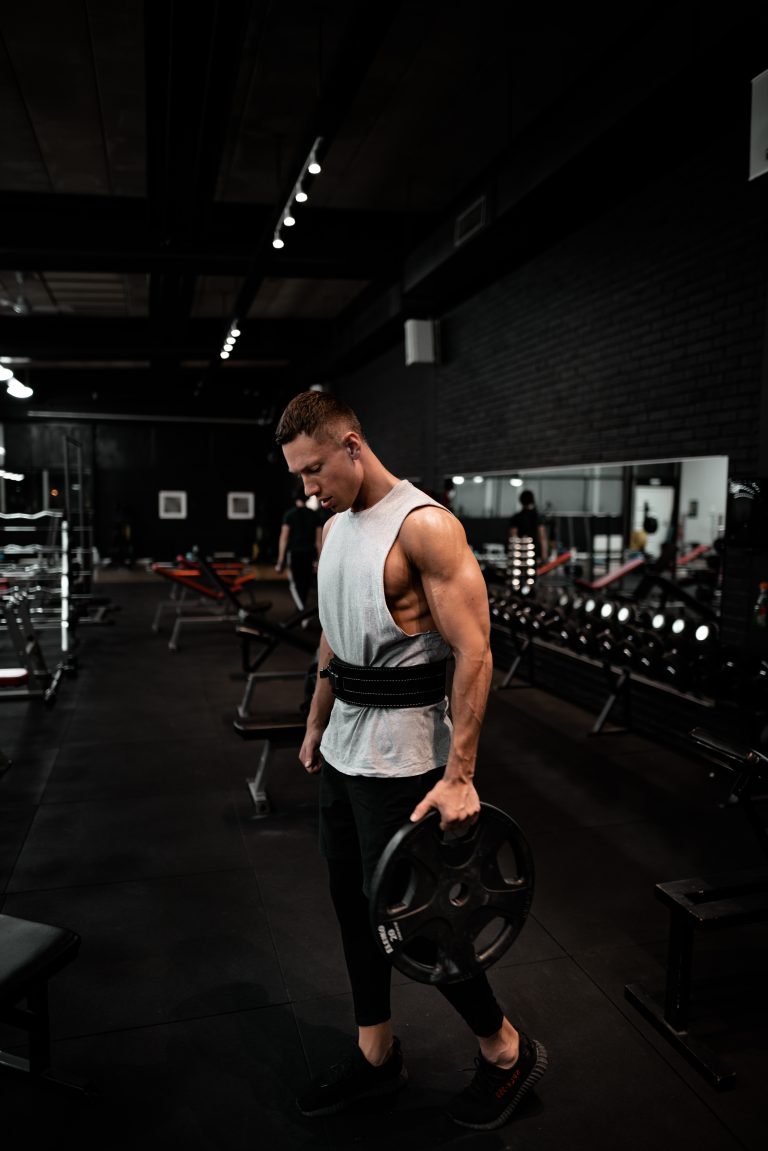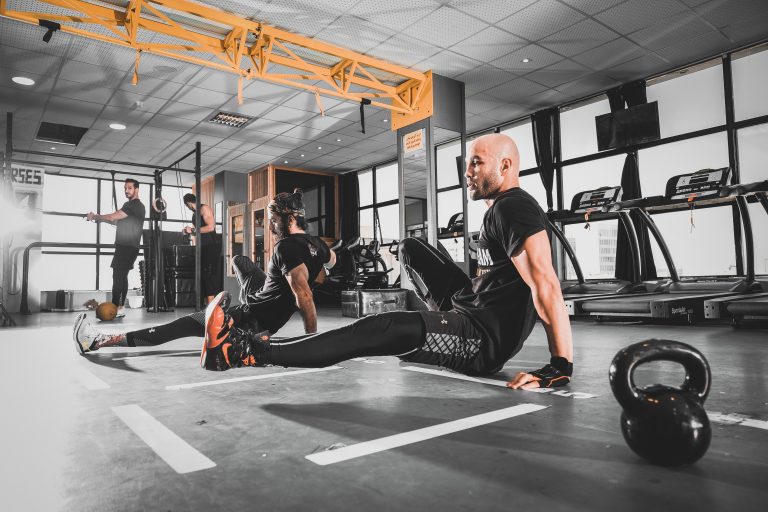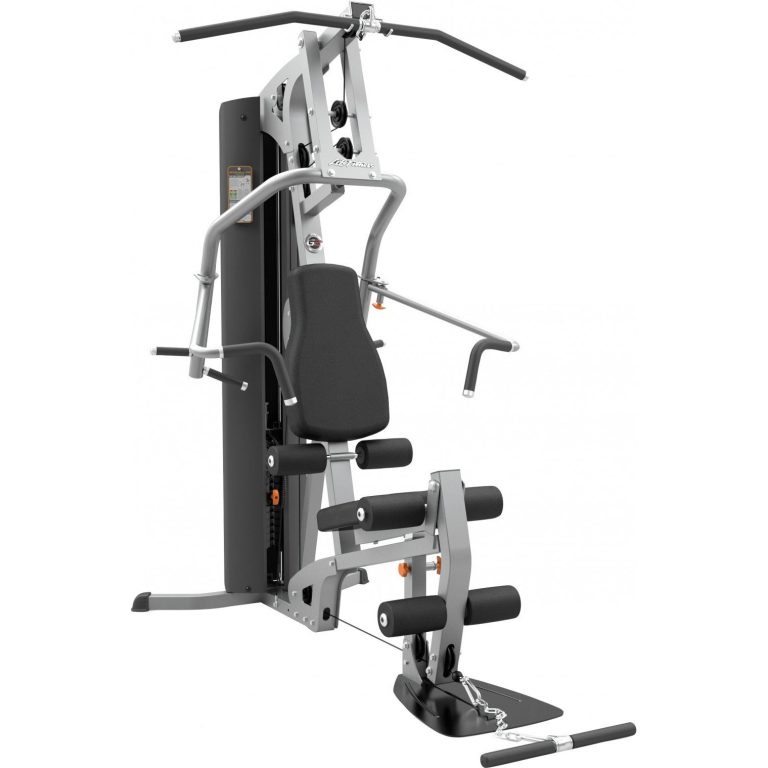If you’ve ever considered incorporating a treadmill into your home fitness routine but were unsure of which type to choose, look no further. This article explores the topic of the best type of treadmill for home use, providing you with valuable insights and recommendations. With the plethora of options available in today’s market, it can be overwhelming to make a decision. However, by the end of this article, you will have a clear understanding of the ideal treadmill for your home, helping you bring your fitness goals within arm’s reach.
Table of Contents
ToggleFactors to Consider
When choosing a treadmill for home use, there are several factors that you should consider to ensure you make the best decision for your needs. These factors include space availability, budget constraints, and user needs. By carefully evaluating each of these factors, you can find a treadmill that suits your requirements and enhances your home workout experience.
Space
Before purchasing a treadmill, it is essential to consider the amount of space available in your home. Treadmills come in various sizes, so you must measure the area where you plan to place the machine. Take into account both the length and width of the space, ensuring that there is enough room for the treadmill to fit comfortably. Additionally, consider the height of the room to ensure that there is sufficient clearance for your head when running on the treadmill.
Budget
Another crucial factor to consider is your budget. Treadmills vary significantly in price, so it is essential to establish a budget range before starting your search. Determine how much you are willing to spend on a treadmill and consider the long-term value it will provide. While it can be tempting to opt for the cheapest option available, investing in a higher-quality treadmill can lead to more durability and better overall performance in the long run.
User Needs
Understanding your specific needs as a user is essential in selecting the right treadmill for your home. Consider factors such as your fitness goals, the intensity of your workouts, and any specific features or programs you may require. For example, if you are a beginner or prefer a slower pace, a treadmill with basic features may suffice. However, if you are an experienced runner or require advanced training programs, you may need a treadmill with more extensive features and customization options. By assessing your user needs, you can choose a treadmill that aligns with your fitness goals and preferences.
Types of Treadmills
When it comes to treadmills, there are primarily two types to choose from: manual treadmills and motorized treadmills. Each type has its advantages and disadvantages, and understanding these differences will help you make an informed decision.
1. Manual Treadmills
Manual treadmills are powered solely by the user’s movement. They are generally more affordable compared to motorized treadmills and offer a unique workout experience.
1.1 Advantages
Affordability
One of the key advantages of manual treadmills is their affordability. These treadmills tend to be less expensive compared to motorized options, making them a suitable choice for individuals on a tight budget. If you are looking for a cost-effective way to incorporate exercise into your home routine, a manual treadmill may be the right choice for you.
Simulated Outdoor Experience
Manual treadmills provide a more natural and simulated outdoor running experience. With these treadmills, the user initiates and regulates the speed and intensity of the workout through their own movement. This can be beneficial for those who prefer a more authentic outdoor running experience or are training for outdoor races.
1.2 Disadvantages
Limited Features
One significant disadvantage of manual treadmills is their limited features compared to motorized options. Manual treadmills usually lack advanced features such as pre-set programs, incline adjustment, and heart rate monitoring. If you are looking for a treadmill with a wide range of features and functions, a manual treadmill may not be the best choice for you.
Less Durable
Due to their simpler design and construction, manual treadmills are generally less durable than their motorized counterparts. They may not withstand heavy or intense use over an extended period. If you are planning to use your treadmill frequently or for high-intensity workouts, a manual treadmill may not be able to withstand the rigors of your routine.
2. Motorized Treadmills
Motorized treadmills are equipped with an electric motor that powers the belt, providing a smooth and consistent workout experience. These treadmills offer a wide range of features and customization options, making them a popular choice for home use.
2.1 Advantages
Programs and Features
One of the main advantages of motorized treadmills is their extensive range of programs and features. These treadmills often come with pre-set workout programs that simulate various terrains and intensities, allowing you to diversify your workouts. They may also include features such as heart rate monitoring, virtual coaching, and connectivity with fitness apps. If you value variety and customization in your workouts, a motorized treadmill can provide you with the functionality and versatility you need.
Customization Options
Motorized treadmills typically offer more customization options compared to manual treadmills. They often include adjustable incline settings, allowing you to simulate uphill or downhill running and target specific muscle groups. Additionally, many motorized treadmills offer speed and intensity adjustments to match your preferred workout intensity. The ability to customize your workout settings enables you to tailor your treadmill sessions to your fitness level and goals.
2.2 Disadvantages
Higher Cost
Motorized treadmills generally come with a higher price tag than manual treadmills. The advanced features and technology incorporated into these treadmills contribute to their higher cost. If you have a limited budget, a motorized treadmill might not be the most financially feasible option. However, if you can afford the investment, the additional features and durability of a motorized treadmill may be worth the higher price.
Requires Space
Motorized treadmills tend to be bulkier and require more space compared to manual treadmills. They typically have larger frames and motorized components, which can take up a significant amount of floor space in your home. Before purchasing a motorized treadmill, ensure that you have enough room to accommodate both the machine’s dimensions and your comfortable movements while using it.
3. Key Features to Look For
When evaluating different treadmills, certain key features should be taken into consideration to ensure they meet your specific requirements. These features include motor power, running area, incline range, shock-absorption system, and console features.
Motor Power
The motor power of a treadmill is an essential consideration, as it determines the machine’s overall performance and capability. Look for a treadmill with a motor power that matches your needs and intensity of workouts. Higher horsepower motors are generally more suitable for running, while lower horsepower motors may suffice for walking or light jogging.
Running Area
The size of the running area or the treadmill’s belt dimensions is crucial to ensure you have enough space for comfortable and safe running. Consider both the width and length of the running surface, especially if you have a longer stride or require extra space for a natural running gait. A larger running area can provide a more comfortable workout experience, especially for taller individuals or those with longer strides.
Incline Range
The incline range of a treadmill refers to its ability to simulate uphill or downhill running. A wider incline range allows you to vary the intensity of your workouts and target different muscle groups. Look for a treadmill with an incline range that suits your fitness goals and preferences. If you enjoy hill training or want to challenge yourself with steeper inclines, opt for a treadmill with a higher incline range.
Shock-Absorption System
A quality shock-absorption system is essential to minimize the impact on your joints and reduce the risk of injuries when using a treadmill. Look for models that offer cushioning or suspension systems designed to absorb the impact of your footfalls. A good shock-absorption system can provide a more comfortable and joint-friendly workout experience, especially for individuals with joint issues or those recovering from injuries.
Console Features
The console features of a treadmill determine the level of interaction and feedback you receive during your workouts. Look for consoles with user-friendly interfaces, clear displays, and easily accessible controls. Some treadmills offer multimedia options, such as built-in speakers or compatibility with music players, allowing you to stay entertained during your workouts. Additionally, consoles with heart rate monitoring capabilities can provide valuable feedback on your cardiovascular performance.
4. Additional Considerations
In addition to the factors and features discussed above, there are a few more considerations that can further enhance your treadmill buying decision.
Noise Level
Consider the noise level of the treadmill, especially if you live in an apartment or have noise-sensitive neighbors. Some treadmills are designed with noise reduction features, such as quiet motors or cushioned belts, to minimize the noise generated during operation. If minimizing noise is important to you, look for treadmills specifically labeled as “quiet” or “noise-reducing.”
Foldable Design
If space is a concern in your home, consider opting for a treadmill with a foldable design. Foldable treadmills can be easily folded and stored away when not in use, allowing you to maximize your living space. Ensure that the folding mechanism is sturdy and easy to use to prevent any accidents or inconvenience.
Weight Capacity
Check the weight capacity of the treadmill to ensure it can safely support your body weight. The weight capacity should be able to accommodate the heaviest user who will be utilizing the treadmill. Exceeding the weight capacity can compromise the treadmill’s performance and durability, posing safety risks.
Warranty
Finally, consider the warranty offered by the treadmill manufacturer. A longer warranty period indicates the manufacturer’s confidence in their product’s quality and durability. Look for warranties that cover both the motor and other components of the treadmill, as this provides added peace of mind in case of any operational issues.
By carefully considering these additional factors, you can select a treadmill that not only meets your exercise needs but also integrates seamlessly into your home environment.
In conclusion, the best type of treadmill for home use depends on several factors, including space availability, budget constraints, and user needs. Manual treadmills offer affordability and a simulated outdoor experience but may lack advanced features and durability. Motorized treadmills provide extensive customization options, pre-set programs, and durability but come at a higher cost and require more space. Key features to look for include motor power, running area, incline range, shock-absorption system, and console features. Additional considerations such as noise level, foldable design, weight capacity, and warranty can further enhance your treadmill-selection process. By carefully evaluating these factors and features, you can find the ideal treadmill for your home that will help you achieve your fitness goals and enhance your overall well-being.
